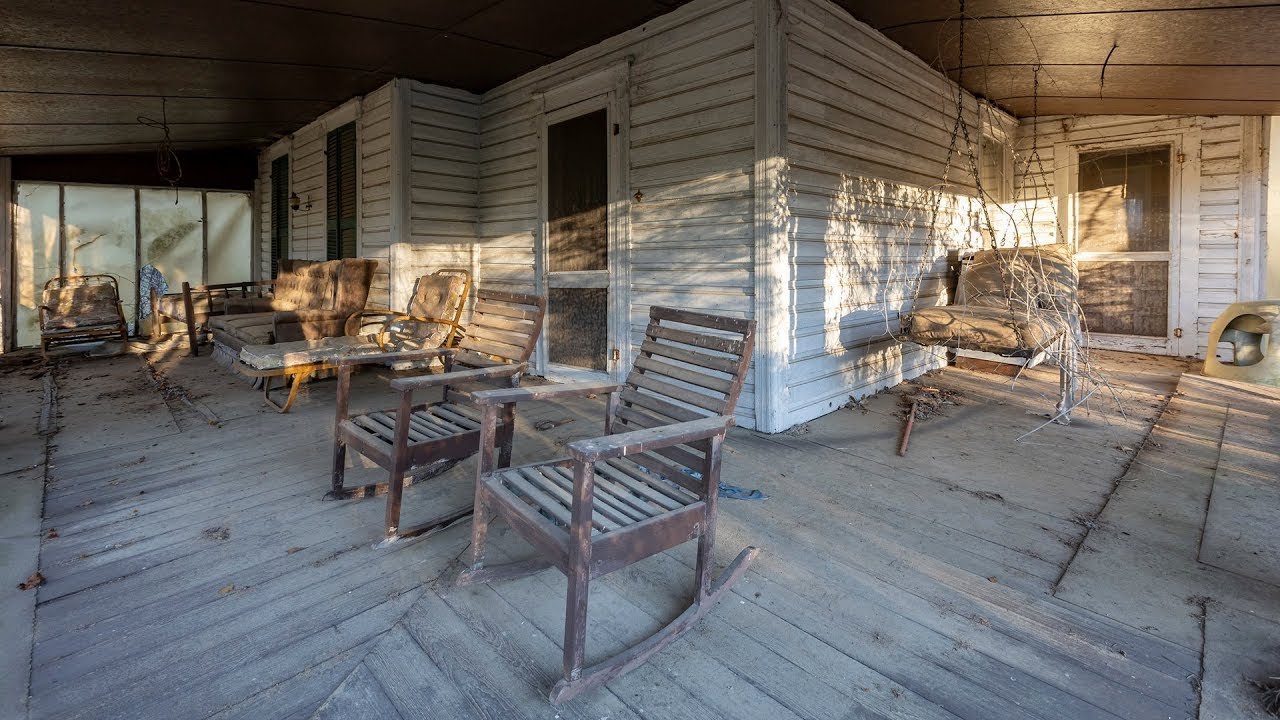If you’ve ever stumbled upon an Error Code 526, you know it can be a tricky little gremlin keeping users from accessing your site. This problem usually pops up due to issues with the SSL handshake between your server and Cloudflare. Understanding what these codes mean and how to tackle them is crucial for anyone wanting to provide a smooth sailing web experience.

Key Takeaways:
- Error Code 526 Explained: This error signifies that there’s a hiccup in the SSL handshake process, preventing users from enjoying seamless access to your website.
- Causes of Error Code 526: Factors like expired SSL certificates, misconfigurations, or issues with your web server can all trigger this pesky error.
- How to Fix It: With a few straightforward steps, you can troubleshoot and potentially resolve the error, ensuring your website is back up and running smoothly.
What is Error Code 526?
Error Code 526 might sound like something only a tech wizard would understand, but it’s actually pretty simple. It means there’s a problem with that intricate handshake between your server and Cloudflare’s services. Think of it like a polite nod you give when meeting someone new. If that nod isn’t there, they might think you’re too busy to chat! In this case, visitors to your website might not even make it through the front door.

Common Causes of Error Code 526

How SSL Handshake Works
Now, let’s dive a bit into the technical side of things, shall we? The SSL handshake is kind of like an introductory meeting between two parties wanting to communicate securely. First, your server has to make sure that Cloudflare is who it claims to be, and vice versa! This exchange of information is vital, setting the stage for secure communication. If this handshake goes south, then kaboom! You get hit with that dreaded Error Code 526.
Identifying SSL Configuration Issues
So, how can you identify if there’s a problem in your hall of mirrors? A little bit of detective work should do the trick. Start by checking if your SSL certificate is valid. Is it still fresh, or has it faded into the realm of expired certificates? You can look into your hosting provider’s dashboard or reach out to them for a hand. Like finding a needle in a haystack, it can sometimes take a little effort to pinpoint where the issue lies.

Steps to Fix Error Code 526
All right, let’s get our hands dirty! If you’re dealing with Error Code 526, these steps should help you out:

- Check Your SSL Certificate: Make sure it’s active and valid. If it’s expired, well, it’s time for a renewal.
- Review Your Server Configuration: Ensure that SSL settings are correctly configured. If you’re unsure, shout out for help!
- Verify with Cloudflare: Make sure your Cloudflare setup is correctly pointing to your server.
Once you’ve taken these steps, take a deep breath and try accessing your website again. Fingers crossed!
Testing Your SSL Certificate
Now, testing your SSL certificate is like making sure your seatbelt is fastened before you hit the road. There are various SSL checkers available online. Just pop your domain into one of those bad boys, and you’ll see if everything checks out or if there’s something fishy going on.
Preventing Future SSL Errors
Ah, the age-old saying, “An ounce of prevention is worth a pound of cure,” rings true here! To avoid future hiccups, set reminders for yourself to renew your SSL certificate before it expires. It’s like putting a calendar alert for your dog’s next vet appointment. Besides, keeping your server configurations organized and updated regularly can save you lots of headaches down the road.
When to Seek Professional Help
And, there might come a time when you’re knee-deep in technicalities and just need a helping hand. If you’ve tried everything and Error Code 526 still won’t budge, it might be time to call in the pros. Sometimes, it’s better to let the experts take the wheel, and after all, they’ve spent years in the trenches of the tech world!
Conclusion
So there you have it! Error Code 526 doesn’t have to be the end of the world. By understanding what causes it, recognizing how SSL handshakes work, and knowing how to troubleshoot or when to seek help, you can keep your website shining bright like a diamond. Remember, a little effort today can save you a whole mountain of trouble tomorrow. Now get out there and conquer those SSL errors!






















